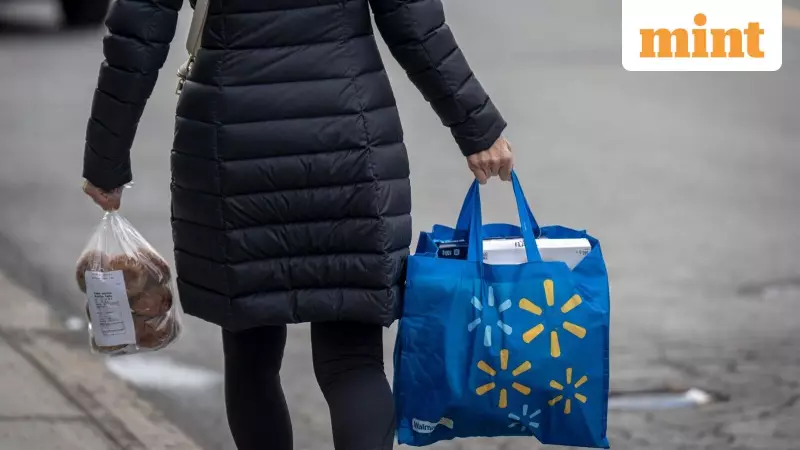
The End of Hermit Economy and Birth of Solo Spenders
The global economic landscape has undergone a remarkable transformation since the pandemic years, with a new type of consumer emerging as a powerful economic force. What began as the 'hermit economy' during COVID-19 lockdowns has now evolved into what economists are calling the 'loner economy' - a phenomenon where people are venturing out but increasingly doing so alone.
From Lockdown Hermits to Out-and-About Soloists
During the pandemic's peak, consumers worldwide became accustomed to staying indoors, leading to a dramatic collapse in service sector spending. Restaurant meals, international travel, and elective medical procedures saw significant declines while demand for physical goods like computers and exercise equipment skyrocketed. This pattern proved surprisingly resilient even as normal life resumed, earning consumers the label 'hermit consumers' in 2023.
However, recent data indicates the hermit economy has officially ended. Across wealthy nations, the out-and-about economy is experiencing a strong resurgence. The share of consumer spending dedicated to services has finally caught up with pre-pandemic trends, but with an important twist that distinguishes current consumer behavior from pre-COVID patterns.
America Leads the Solo Spending Revolution
The United States exemplifies this economic shift with impressive growth figures. Since 2023, healthcare spending has increased by 10% in real terms, while expenditures on public transportation have surged by 21%. Meanwhile, consumers have significantly reduced spending on power tools and garden equipment that were popular during lockdown periods.
American consumers are particularly focused on premium experiences. Data shows that revenues from premium airline products, including business-class travel, are growing at 7% annually compared to just 1% across all airline categories. Similarly, luxury hotels are reporting 8% year-on-year sales growth even as budget hotel revenues decline.
European Markets Mirror Solo Consumer Trends
This pattern extends beyond American borders. Investment bank Goldman Sachs tracks share prices of European companies benefiting from stay-at-home trends (e-commerce, gaming) versus those thriving when people go out (gyms, restaurants). During the pandemic, stay-at-home company stocks soared, but investor preference has recently shifted toward out-and-about businesses.
According to OpenTable booking data, Germany witnessed seated restaurant diners increase by over 10% in early June compared to the previous year, indicating strong recovery in social dining.
The Pandemic's Lasting Economic Shadow: Solo Consumption
While COVID-19 no longer influences daily decision-making for most people, the pandemic continues to shape economic behavior in subtle ways. The most significant development is the rise of solo activities. Global online searches for 'solo travel' have exploded in recent years, with Airbnb reporting an 80% increase in solo trip searches this spring compared to 2024.
Official British data reveals travelers increasingly prefer private transportation options like cars and taxis over public transport, prioritizing privacy. Dining habits have also transformed, with more than a quarter of Americans reporting they ate all meals alone the previous day - a substantial increase from pre-pandemic levels.
The economic implications are clear: the hermit economy has been replaced by the loner economy, creating new market opportunities and challenges for businesses worldwide as they adapt to consumers who go out alone.





